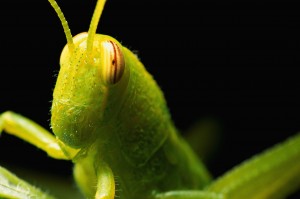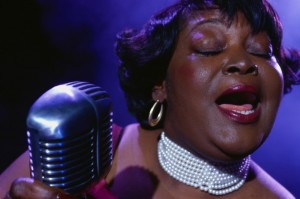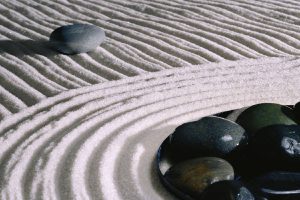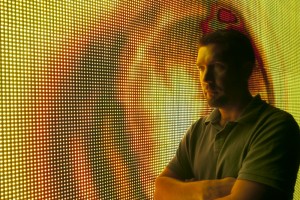Zen and the Art of Entertainment Lighting, Part 2
Posted on March 5, 2012Written by Mike Graham, product manager for CHAUVET Professional
Question: How many grains of sand are in the desert?
Answer: Not one more than there has to be.
When you are working on your design of your light plot, it is important to not throw every single light you have at the stage…unless it absolutely calls for it. Once the set design is finished, your job is to make it look amazing. The key here is not to go over the top. Too often designers make the error of throwing the kitchen sink at a rig just to have more. This is not the way of Zen. Zen dictates that the design does not have to be stark, but the choices have to make sense.
 Plot with Care, Grasshopper.
Plot with Care, Grasshopper.
It is really easy to stray away from the plan during the plotting stage. Firstly, using software like WISYWIG, MSD, or Vector Works makes dropping in lights really easy. So easy in fact, that the temptation to go overboard is strong. For anyone who doubts this, check out the CHAUVET LDI 2009, 2010, and 2011 rigs. If there is an open square foot of truss, I am dropping a light in. For a trade show, this is important as the point of the rig is to show what the lights do and how they work together. That is the story line for a trade show, however, this is rarely the case in everyday life.
 Consider the Performance.
Consider the Performance.
When you are working on the plot, consider the act. Are you working with a smoky blues singer, or are you working on a Fortune 500 gala event. If you are working the blues singer, then having a few down lights, a little front light, and some back light are really effective and will look really cool. If you are working the gala event, then a much bigger rig may or may not be called for. It really depends on the event. Even if you are working on a straight play (a play with no music), there must be a balance. Classic front, side, and back lighting will work perfectly. Cover your acting areas evenly is the key. There is no need for any kind of excessive lighting in these situations.
Get Practical.
So let’s say I am plotting a show that will have a few practicals. A practical is a light on a set that would be seen in day-to-day life, like a table lamp or a wall sconce. It can either be controlled by an actor (bad idea) or by the lighting operator (good idea). Let’s say I have four wall sconces and two table lamps, I also have to light around them with theatrical light. This means that I have to take into account what kind of light the practical will put out in relation to what the design intent is when I place my theatrical lights.
For example, in your house, a table lamp gives off enough light to read by, but not enough to light the whole room. A wall sconce will give off enough light to fill in the places that the table lamp does not. I would use my theatrical lights called specials.
Stay Special.
Specials are names for fixtures that are used to accent a specific thing. In this case, the special is used to give the impression that the practical is brighter than it is. A special is a functional light source, not an area light source. As I select my specials, I would choose soft, diffused edges and try to get the color temperature to come in around 3400 K so that it is a little cooler than the practicals will be. This will allow the practicals to be seen and function, but will allow the theatrical lights to give off enough output to let the action be seen. Combined with the basics of front, side, back, and down light, this will give the action the correct amount of light and will not overpower the light itself.
The plot is set…Let’s start programming.
Read Zen and the Art of Entertainment Lighting, Part 3
Read Zen and the Art of Entertainment Lighting, Part 1
